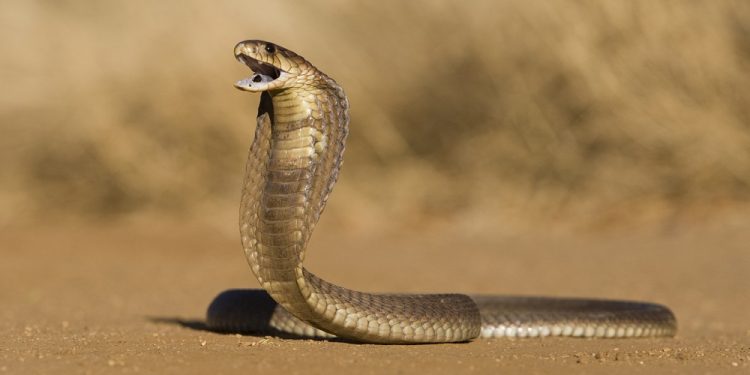
Nag Panchami
Nag Panchami is a holiday on which Hindus in India and Nepal traditionally worship snakes. This day falls on the fifth day of Shravan on the Hindu calendar, which falls between July and August on the Gregorian calendar. This holiday is an attempt to pacify snakes when they come out of their holes.
History of Nag Panchami
There are many reasons why snakes have come to be worshiped on this day, but the main reason is that the Hindu god Krishna is believed to have saved the lives of people who were harassed by the serpent deity, or Naga, Kaliya. It is believed that when Krishna was a small child, he was playing with his ball outside. As he was tossing it around, he accidentally threw it too hard, and it landed in some tree branches that overhung the side of a river. Krishna climbed the tree but accidentally fell into the river, where he was immediately attacked by Kaliya. Try as he might, Kaliya couldn’t kill Krishna, and he soon realized that he was a god. Kaliya then begged him to spare his life and told him that if he did, he would not bother human beings anymore. That is why Nag Panchami is now celebrated in India, Nepal, and other areas where Hindus live, work, and worship.
Nag Panchami Celebrations & Customs
This holiday is observed in several different ways across India and Nepal. Many people spend the day fasting, but the priestly caste, known as Brahmins, are often fed on this day. It’s believed that digging in the soil is forbidden and taboo on this day because it could harm the snakes that reside there, which in turn would bring forth the wrath of the gods. In some areas, cow’s milk is offered to snakes, along with Kheer – a form of rice pudding – and crystallized sugar. People also offer cow milk, Kheer, and durva grass to pictures of Naga, or they make an idol of Naga out of mud and worship it. In some areas, people worship cobras, and in other areas, they merely pacify them. It’s also a custom for women to offer prayers to the snakes to protect their brothers from future snake bites.








